Hemispheres Think Write Handwriting Programme
5 Key Benefits of the Think Write
- Think Write builds knowledge over time, using association to support children’s ability to hold information together, making learning easier.
- Think Write is structured around building an internal visual framework that can be accessed to support letter formation, letter height, size and spatial placement. Provides the skills so children can direct their own learning.
- Chunking the knowledge together increases the children’s ability to recall linked ideas, reducing the cognitive demands on handwriting.
- Teaching handwriting, governed by starting shape, provides a direct link to single letter formation which can then be applied to joining letters together.
- Joining most of the letters flows freely, appears automatically as they already have the understanding of the starting shape.
The Think Write offers schools a unified framework that has been built with recognised cognitive strategies embedded at the heart of its foundations. Building skills using play-based activities, children build clear and organised ways of thinking.
This knowledge is then practiced in interactive and print-based activities in a systematic way, so children access the right learning at the right time. The framework is graded so teachers can monitor each child’s progress, identify individual learning needs and align activities accordingly.
Structure of the Programme

Learning the Cognitive Framework
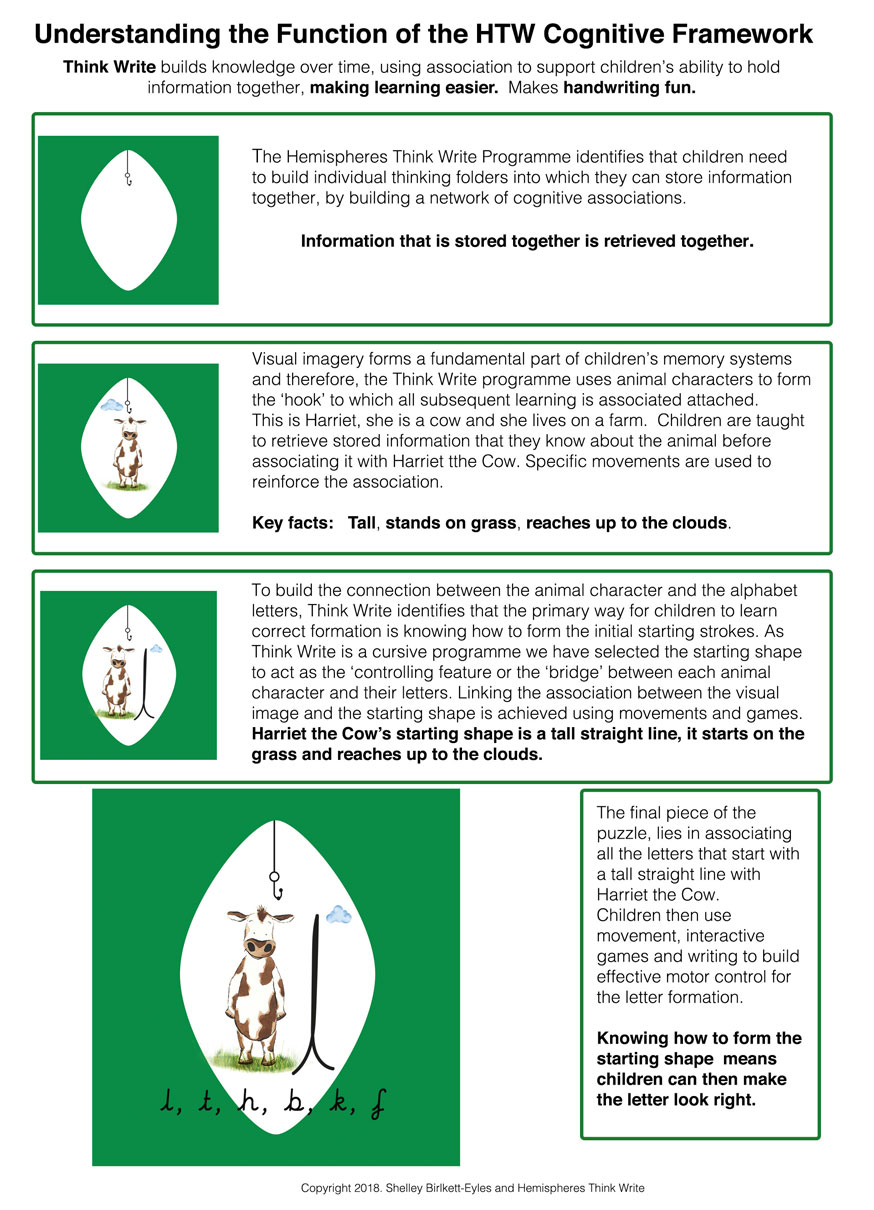

Getting Ready for Writing
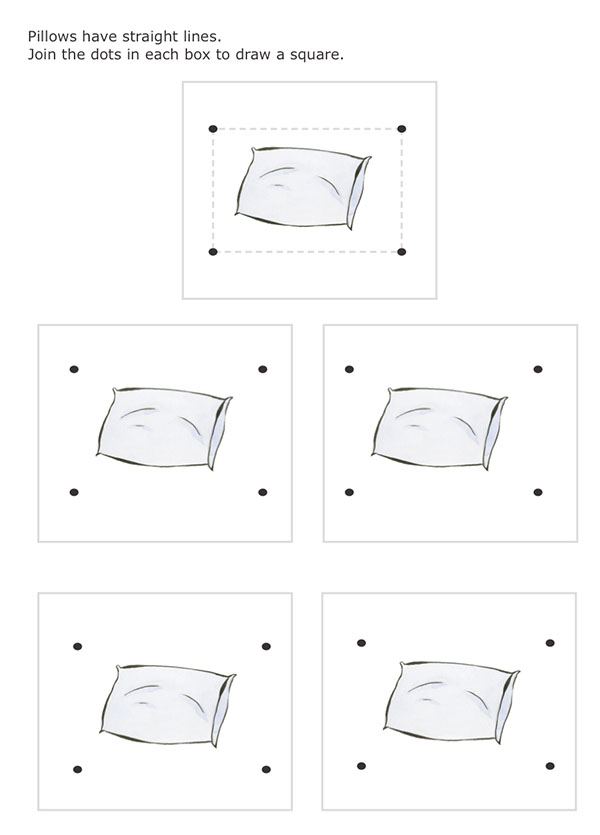
Developmental stage associated with children in Nursery aged 3 – 4 years.

Learning to Write
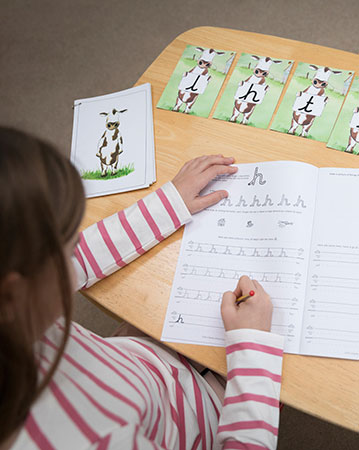
Developmental stage associated with Reception or children aged between 4-5 years.

Writing with Fluency and Control
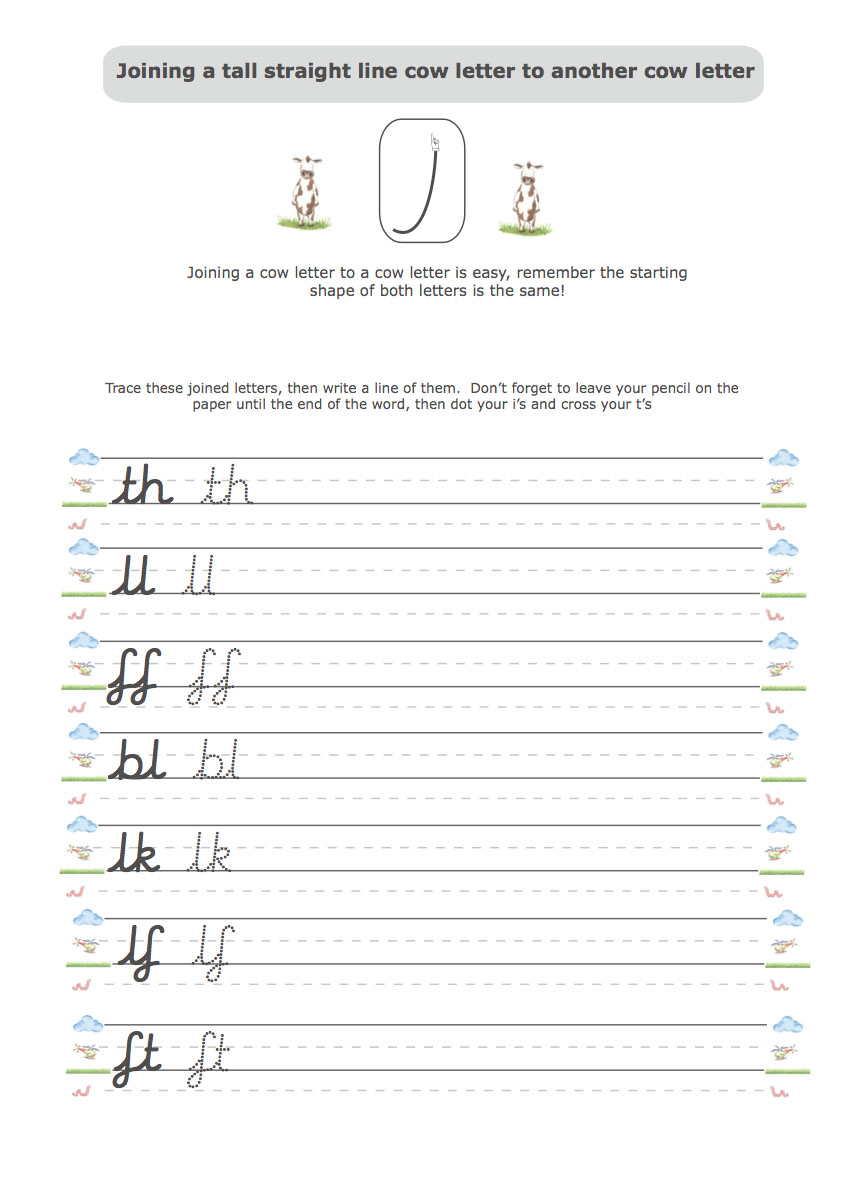
Developmental stage associated with Year 1 – Year 2 or children aged between 5 - 7 years.
Principles of the Programme
Think Write identifies that children need to build individual thinking folders into which associate knowledge. This approach supports the memory systems and forms the framework into which all associated information can be stored.
Visual association is a familiar approach to help children remember. Think Write uses 5 adorable animal characters to act as the visual image to each folder. You can see that Harriet the Cow is the character associated with this folder. By raising information that children already know about cows, such as they live on a farm, they stand on grass in the field and they are a tall animal on the farm the programme is able to hook together key facts with the visual image.
So, Harriet is a cow, she says ‘moo’, she stands on grass and because she is a large animal when she stands on two legs she is tall and reaches up to the clouds. The key concepts are then reinforced through an associated body movement, that children demonstrate to show their level of understanding. Each animal has its own specific movement.
Each of the animals also have a favourite shape. Harriet the Cow’s shape is a tall straight line, which starts on the grass, reaches up to the clouds and then returns to the grass. The line adds an additional link, building each child’s thinking skills which they will later use guide their motor movements when learning to form Harriet the Cow’s starting shape and her six letters.
The final stage of the cognitive learning is identifying which of the 26 alphabet letters belong to Harriet the Cow’s family group. Whilst children are not expected to know this information for some time, visual resources are used in the early years to reinforce the memory system, however as children become more efficient at remembering, the visual resources recede to facilitate the children to access their internal visual framework to guide their motot learning
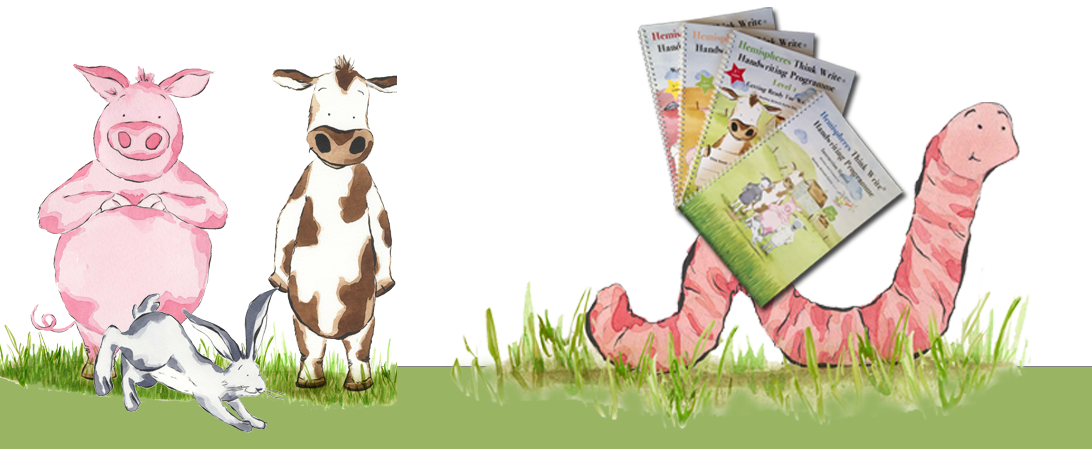
Help for children learning to write - A structured handwriting skills development programme
for PARENTS
for THERAPISTS
Sign Up
Terms & Conditions
Privacy Policy
About Cookies
Site Map
The Granary,
Rectory Farm,
Broadway Road,
Lightwater,
Surrey GU18 5SH
Tel: 01276 472 858
enquiries@thinkwrite-learning.co.uk





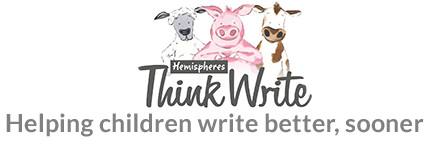







 offers all schools a lively engaging way of teaching handwriting
offers all schools a lively engaging way of teaching handwriting